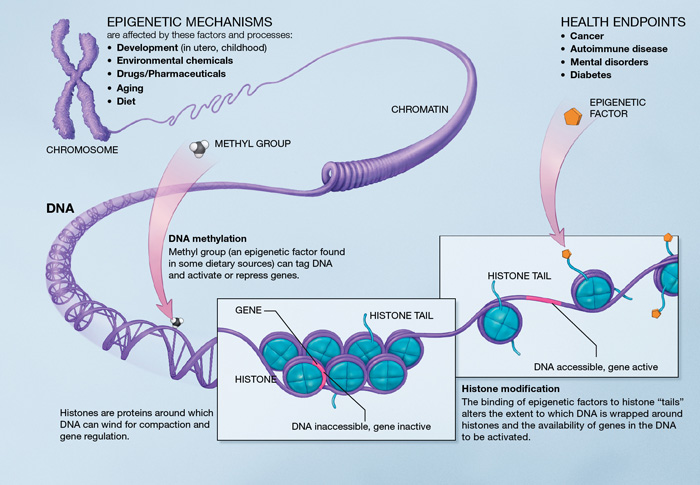Last week I talked about the connection between global warming and the Zika virus. This week I'll discuss another interesting side effect we might observe in the next decade thanks to global warming. The ice caps will melt. Big deal, we already knew that. But have you ever thought of the stuff trapped in that ice that's going to thaw? What if some of that stuff isn't really dead, just dormant, waiting to come back? Sounds like fiction, but it's not.
Up until a few years ago the general notion was that viruses were small. How small? Let's think in terms of genome units: viruses usually carry a handful of genes, either coded into DNA or RNA, and you can think of these as longs strings of four letters: A,C,T (or U if it's RNA), or G. The letters are called nucleotides, and the genome of most common viruses is typically in the order of tens of thousands of nucleotides long. By comparison, the human genome, with its 3 billion nucleotides, is enormous.
The notion of viruses being "small" compared to living cells was turned upside down with the discovery of megaviruses in 2010 (over one million bases) and, in 2013, of the pandoraviruses, a family of viruses that can reach a staggering 2.5 million bases in genome size.
Before you freak out: so far these gigantic viruses have only been found in unicellular organisms called amoebas, not in humans or any other animals. Amoebas acquire their nutrients through phagocytosis and that's also how the gigantic viruses infect them: the cell membrane forms a vesicle around the particle and engulfs it.
The two specimens of pandoraviruses were found in shallow water sediments, one in Chile and the other one in Australia. They were both so big that they could be visible by optical microscopy, reaching 1 μm in length and 0.5 μm in diameter. Now to the interesting bit: the researchers found over 2,000 genes in these pandoraviruses, of which over 90% looked nothing like any other previously known gene. In fact, they appear to be unrelated to the previously discovered megaviruses. So what are they? A fourth domain of life? A completely isolated niche in the tree of life? Or could they be -- as the sci-fi writer in me wants to think -- the remnants of a completely different form of life, one that existed so long ago that these gigantic particles are all there is left of it?
Ok, I thought I was original when I posed that question, but I wasn't. The researchers who'd first discovered the pandoraviruses wondered about the exact same thing and, in order to find an answer, they went digging through fossils. They found a giant virus (which they named pithovirus) in a sample of Siberian permafrost radiocarbon dated to be over 30,000 years old. And I have to say, they beat me in sci-fi imagination because they go as far as to claim that there may be more gigantic viruses frozen out there that could be released from the ice as global warming takes over. *Insert apocalyptic soundtrack here*
The researchers took a sample of Siberian permafrost layer (corresponding to late Pleistocene sediments older than 30,000 years) and used it to inoculate a particular culture of amoebas (called Acanthamoeba castellanii). Lo and behold, they indeed observed particles of a prehistoric giant virus called pithovirus multiplying in the amoeba culture, making it the most ancient eukaryote-infecting DNA virus revived to date! The observed viral particles were amplified and examined through transmission electron microscopy and were found to have many similarities with the pandoraviruses, only they were even bigger. Contrary to pandoraviruses, though, these pithoviruses showed many more similarities to present-day viruses that normally infect humans and animals. This prompted the researchers to raise the alarm:
"Our results further substantiate the possibility that infectious viral pathogens might be released from ancient permafrost layers exposed by thawing, mining, or drilling. Climate change in the Russian Arctic is more evident than in many other regions of the world. Whereas the average global temperature has increased by 0.7 °C during the last 100 y, the average temperatures of the surface layer of Arctic permafrost have increased by 3 °C during the same period."As the authors themselves put it,
"This work is a reminder that our census of the microbial diversity is far from comprehensive and that some important clues about the fundamental nature of the relationship between the viral and the cellular world might still lie within unexplored environments."Now, if you'll excuse me, I think I just got an idea for the next bestselling post-apocalyptic thriller.
Philippe, N., Legendre, M., Doutre, G., Coute, Y., Poirot, O., Lescot, M., Arslan, D., Seltzer, V., Bertaux, L., Bruley, C., Garin, J., Claverie, J., & Abergel, C. (2013). Pandoraviruses: Amoeba Viruses with Genomes Up to 2.5 Mb Reaching That of Parasitic Eukaryotes Science, 341 (6143), 281-286 DOI: 10.1126/science.1239181
Legendre, M., Bartoli, J., Shmakova, L., Jeudy, S., Labadie, K., Adrait, A., Lescot, M., Poirot, O., Bertaux, L., Bruley, C., Coute, Y., Rivkina, E., Abergel, C., & Claverie, J. (2014). Thirty-thousand-year-old distant relative of giant icosahedral DNA viruses with a pandoravirus morphology Proceedings of the National Academy of Sciences, 111 (11), 4274-4279 DOI: 10.1073/pnas.1320670111






